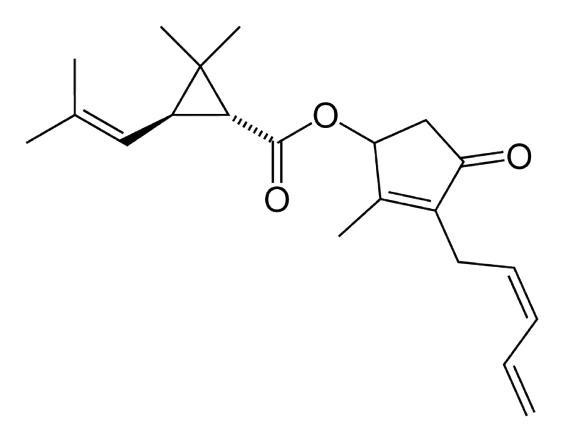About Pyrethrum
Naturally powerful against insects and has been for over 2,000 years.
Pyrethrum is a true classic in natural plant protection. The active ingredient is derived from the dried flowers of the plant Tanacetum cinerariifolium and has been used since ancient times. Its first recorded use was in the old Persian Empire, where finely ground flowers were used as insect powder to repel pests.
What makes pyrethrum so special? It works quickly and reliably, and it breaks down naturally in the environment. As soon as it comes into contact with light and air, it degrades without leaving any harmful residues. Because it is a natural plant-based substance, it meets all common organic farming standards.
From a chemical perspective, pyrethrum is not a single substance but a natural mixture of six esters: Pyrethrins I and II, Cinerins I and II, and Jasmolins I and II. Together, these six compounds are responsible for its insecticidal effect, all originating directly from the flower.
Today, the extraction process is much more precise than in the past. Instead of simply grinding the flowers, modern methods such as hydrocarbon solvent extraction or even supercritical CO₂ extraction are used. These techniques allow the active components to be gently and effectively isolated from the plant material.

How does pyrethrum work?
Pyrethrum targets the nervous system of insects. It disrupts tiny channels responsible for transmitting electrical signals. The result: the nerves fire uncontrollably, leading to paralysis and, shortly after, the death of the insect. When used correctly, the substance poses very little risk to humans, pets, or plants.
Whether in the garden, at home, or in a greenhouse pyrethrum is a plant-based solution with history. And more relevant than ever.
By the way: Depending on the regulatory context, pyrethrum is referred to differently. In the area of plant protection products regulation (PPPR), the term pyrethrins is commonly used, while under biocidal regulation (BPR), it is officially designated as Chrysanthemum cinerariaefolium extract.
